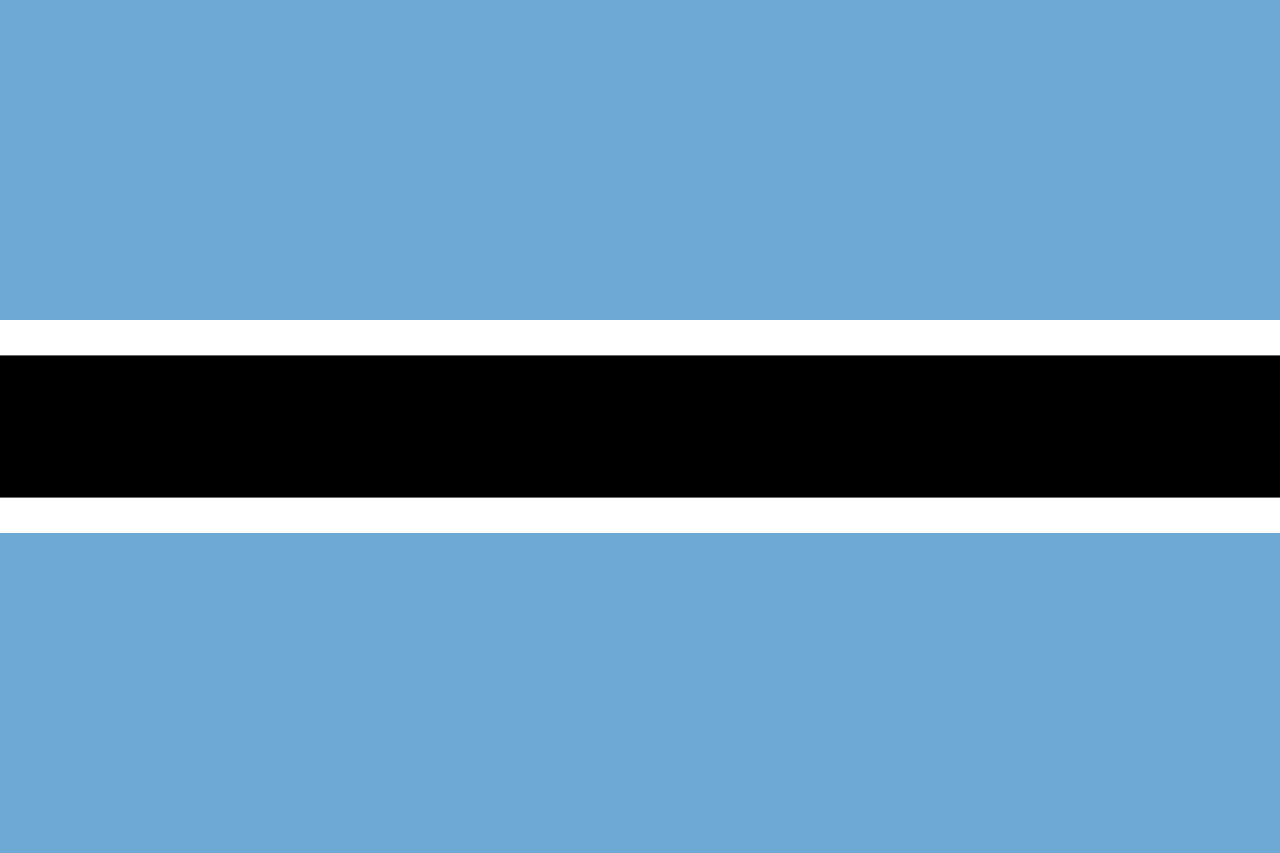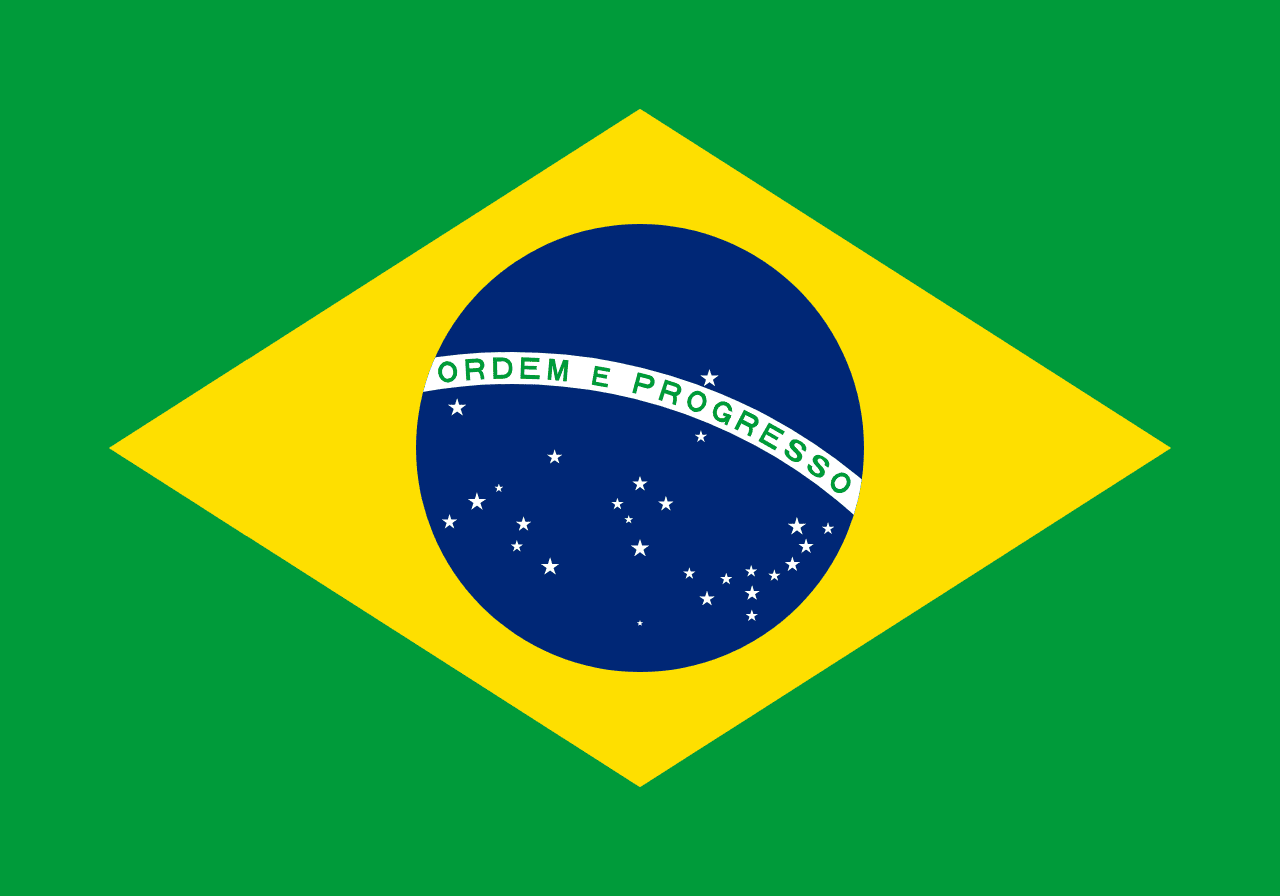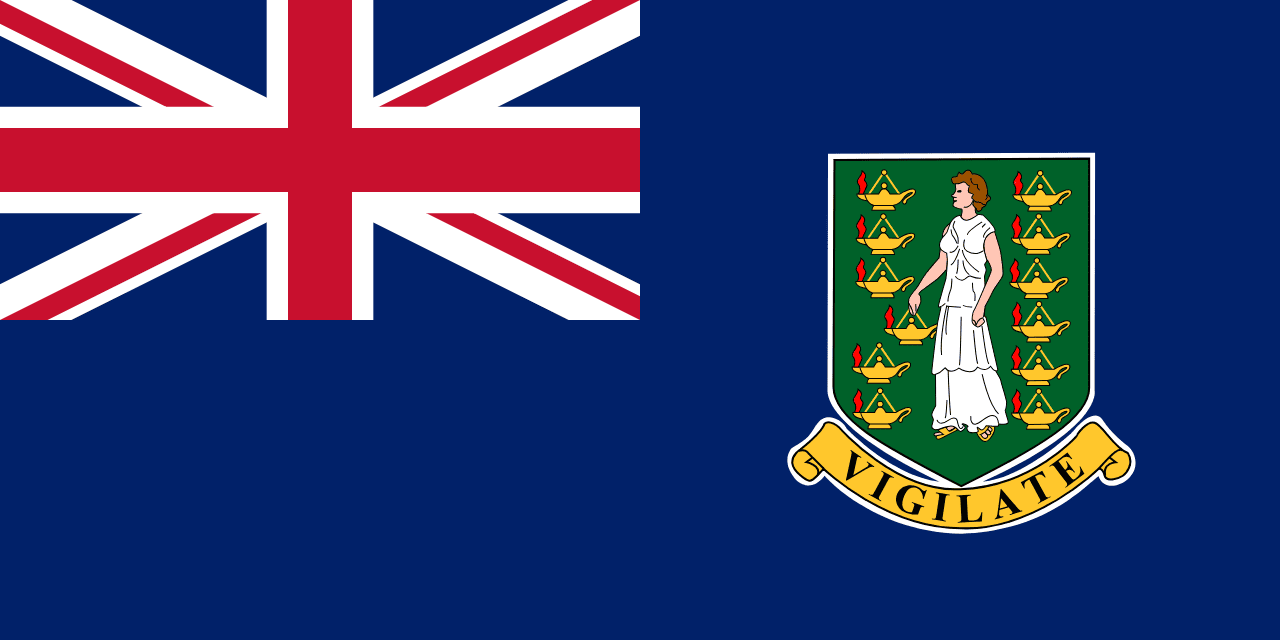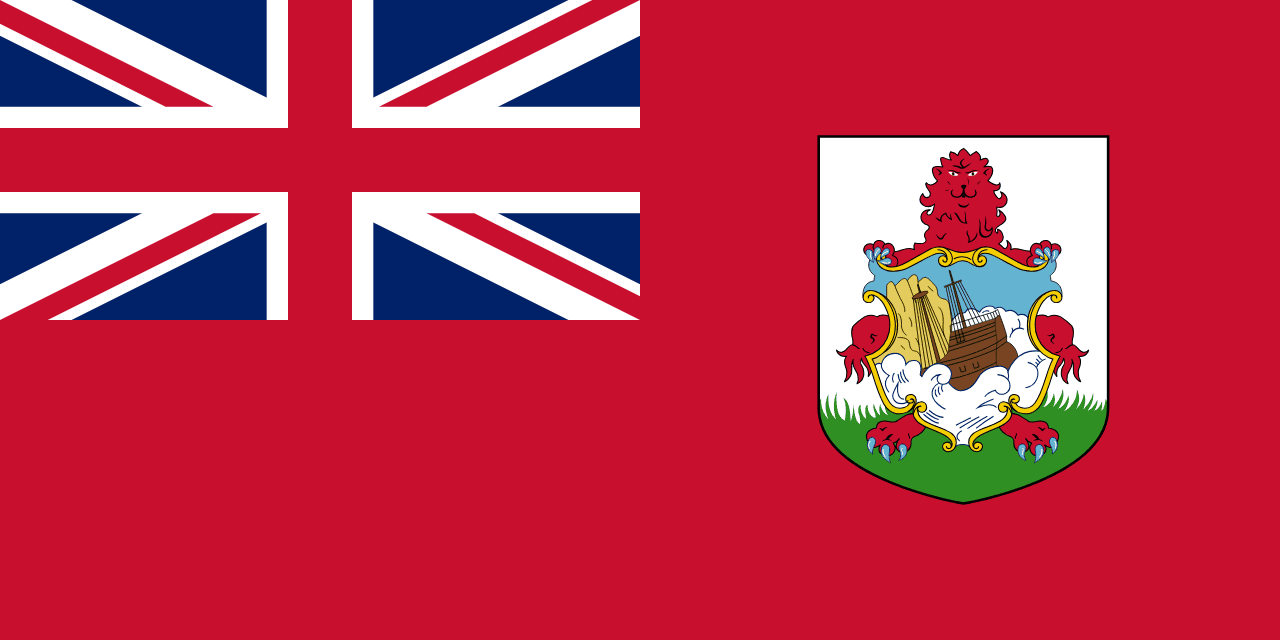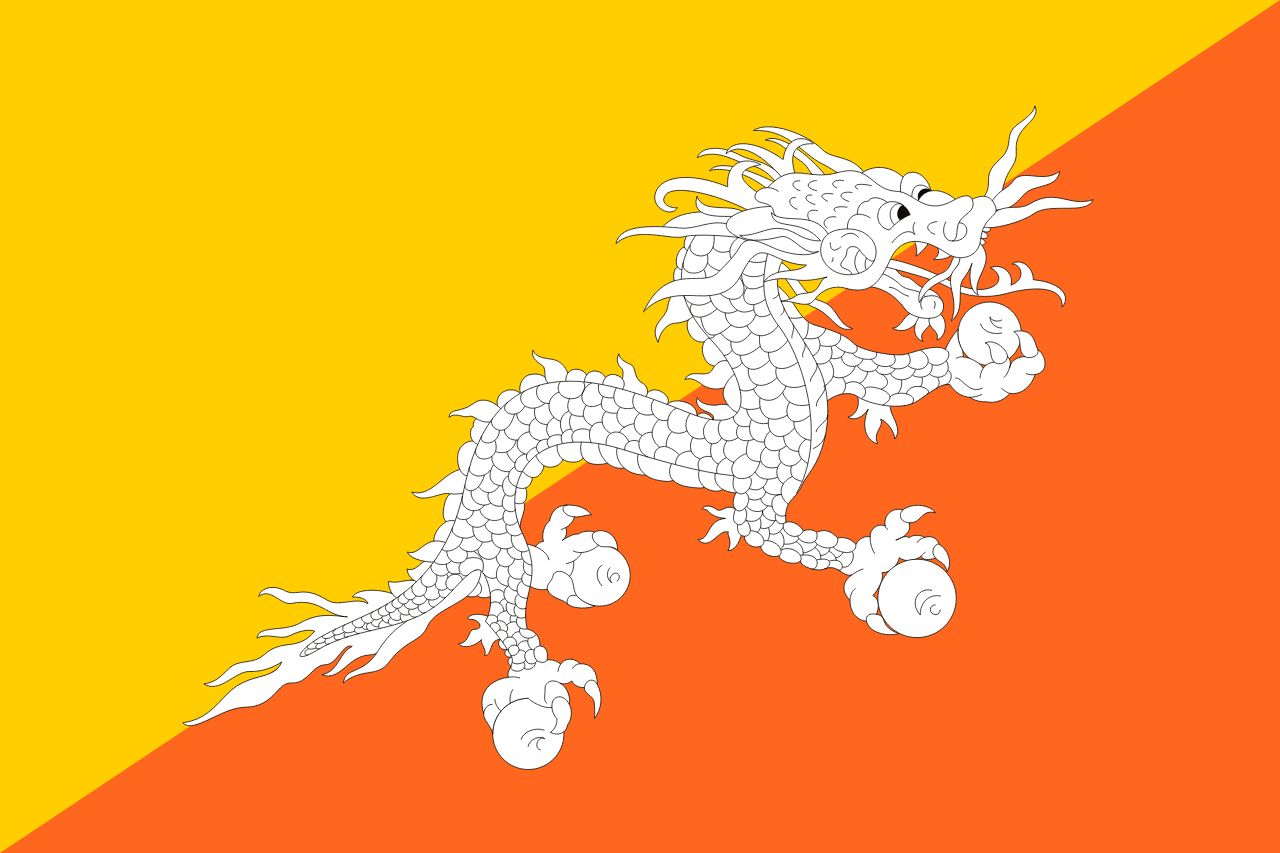The flag of Bosnia and Herzegovina features a blue field with a yellow isosceles triangle along the hoist side, accompanied by a row of seven full white five-pointed stars and two half stars along the hypotenuse of the triangle. This unique design reflects the country's complex history, diverse population, and aspirations for unity and peace.
Bosnia and Herzegovina information
| National Flag Day | — |
| Sovereign state | Yes |
| Official name | Bosnia and Herzegovina |
| Capital | Sarajevo |
| Population | 3,830,000 |
| Area | 51,197 km² |
| Currency | Bosnia and Herzegovina convertible mark (BAM) |
| Language | Bosnian, Croatian, Serbian |
| Continent | Europe |
| Region | Southeastern Europe |
| Subregion | Balkan Peninsula |
| Borders | Croatia, Serbia, Montenegro |
| Timezone | Central European Time (CET) UTC+1 |
| Calling code | +387 |
| Top-level domain | .ba |
History of the Bosnian flag
 The current flag of Bosnia and Herzegovina was adopted on February 4, 1998, following the Dayton Agreement that ended the Bosnian War. The design was chosen to represent a neutral and unifying symbol for all ethnic groups in the country, moving away from symbols associated with any particular group.
The flag's adoption came after intense negotiations and several rejected proposals. The final design was created by a commission appointed by the UN High Representative for Bosnia and Herzegovina, with input from local politicians and international mediators. It replaced the flag used during the war, which featured the coat of arms of the Kotromanić dynasty on a white background.
The current flag of Bosnia and Herzegovina was adopted on February 4, 1998, following the Dayton Agreement that ended the Bosnian War. The design was chosen to represent a neutral and unifying symbol for all ethnic groups in the country, moving away from symbols associated with any particular group.
The flag's adoption came after intense negotiations and several rejected proposals. The final design was created by a commission appointed by the UN High Representative for Bosnia and Herzegovina, with input from local politicians and international mediators. It replaced the flag used during the war, which featured the coat of arms of the Kotromanić dynasty on a white background.
Symbolism and design of the Bosnian flag
The flag's design is rich in symbolism, carefully crafted to represent the country's diverse population and aspirations:
- The blue field represents peace, stability, and the country's European aspirations.
- The yellow triangle symbolizes the three main ethnic groups of Bosnia and Herzegovina: Bosniaks, Serbs, and Croats.
- The triangle's shape also represents the approximate shape of the country's territory.
- The stars represent Europe and are arranged to form part of an infinite triangle, symbolizing continuity and stability.
- The number of stars (including the two half stars) is not fixed, allowing for potential future changes without altering the flag's basic design.
Usage and significance of the Bosnian flag
 The flag of Bosnia and Herzegovina is an important symbol of national unity and identity in a country that has faced significant challenges in its recent history. It is flown on government buildings, schools, and during official ceremonies and national holidays.
The flag plays a crucial role in representing Bosnia and Herzegovina internationally, including at diplomatic missions, international organizations, and sporting events. It serves as a reminder of the country's commitment to peace, unity, and progress following the devastating war of the 1990s.
In addition to the national flag, Bosnia and Herzegovina's two entities - the Federation of Bosnia and Herzegovina and Republika Srpska - also have their own flags, which are sometimes displayed alongside the national flag.
The flag of Bosnia and Herzegovina is an important symbol of national unity and identity in a country that has faced significant challenges in its recent history. It is flown on government buildings, schools, and during official ceremonies and national holidays.
The flag plays a crucial role in representing Bosnia and Herzegovina internationally, including at diplomatic missions, international organizations, and sporting events. It serves as a reminder of the country's commitment to peace, unity, and progress following the devastating war of the 1990s.
In addition to the national flag, Bosnia and Herzegovina's two entities - the Federation of Bosnia and Herzegovina and Republika Srpska - also have their own flags, which are sometimes displayed alongside the national flag.
Interesting facts about the Bosnian flag
- The flag's design was partially inspired by the flag of the European Union, reflecting Bosnia and Herzegovina's aspirations for European integration.
- It is one of the few national flags in the world to feature stars that are not complete, with two half stars along the hypotenuse of the triangle.
- The flag was designed to be easily recognizable and distinct from other national flags, particularly those of neighboring countries.
- Despite initial controversy surrounding its adoption, the flag has gained widespread acceptance as a symbol of national unity and reconciliation.
- The flag's colors and design have inspired various cultural and artistic expressions in Bosnia and Herzegovina, contributing to a sense of shared national identity.
